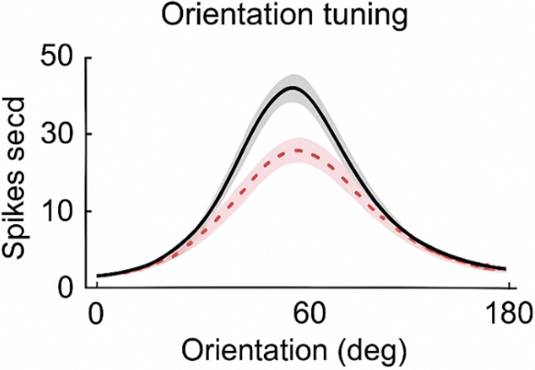Contrast and Size Dependent Contextual Modulation in Primary Visual Cortex: Evidence from Surround Suppression and Facilitation Dynamics
Keywords:
Contextual Modulation, Primary Visual Cortex, Surround Suppression, Facilitation, Receptive Field, Orientation Tuning, Contrast SensitivityAbstract
Purpose: Contextual modulation in the primary visual cortex (V1) plays a crucial role in shaping visual perception by integrating information from within and beyond the classical receptive field (CRF). This study investigates how surround size, contrast, and orientation relationships between center and surround stimuli modulate neuronal responses in V1.
Methods: Extracellular recordings were performed in V1 of adult subjects under controlled visual stimulation. The central grating patch was presented at the CRF, with surrounding annular gratings systematically varied in orientation, contrast, and spatial extent. Trials were randomized to minimize adaptation effects. Neuronal responses were quantified in terms of firing rate, suppression index (SI), and orientation tuning properties.
Results: Surround suppression was strongest for iso-oriented surrounds at high contrast, whereas cross-oriented surrounds induced facilitation at low contrast. The magnitude of suppression increased steeply with surround size up to ~2–3× the CRF diameter before reaching a plateau. Orientation tuning analysis revealed that iso-oriented surrounds sharpened neuronal selectivity by narrowing tuning bandwidth and shifting peak responses.
Conclusion: These findings demonstrate that contextual modulation in V1 is both contrast- and size-dependent, with distinct mechanisms underlying suppression and facilitation. The results support models in which local inhibitory networks mediate suppression, while facilitation arises from long-range horizontal connections and top-down feedback. Such modulation likely enhances visual scene segmentation and contour integration under natural viewing conditions.


